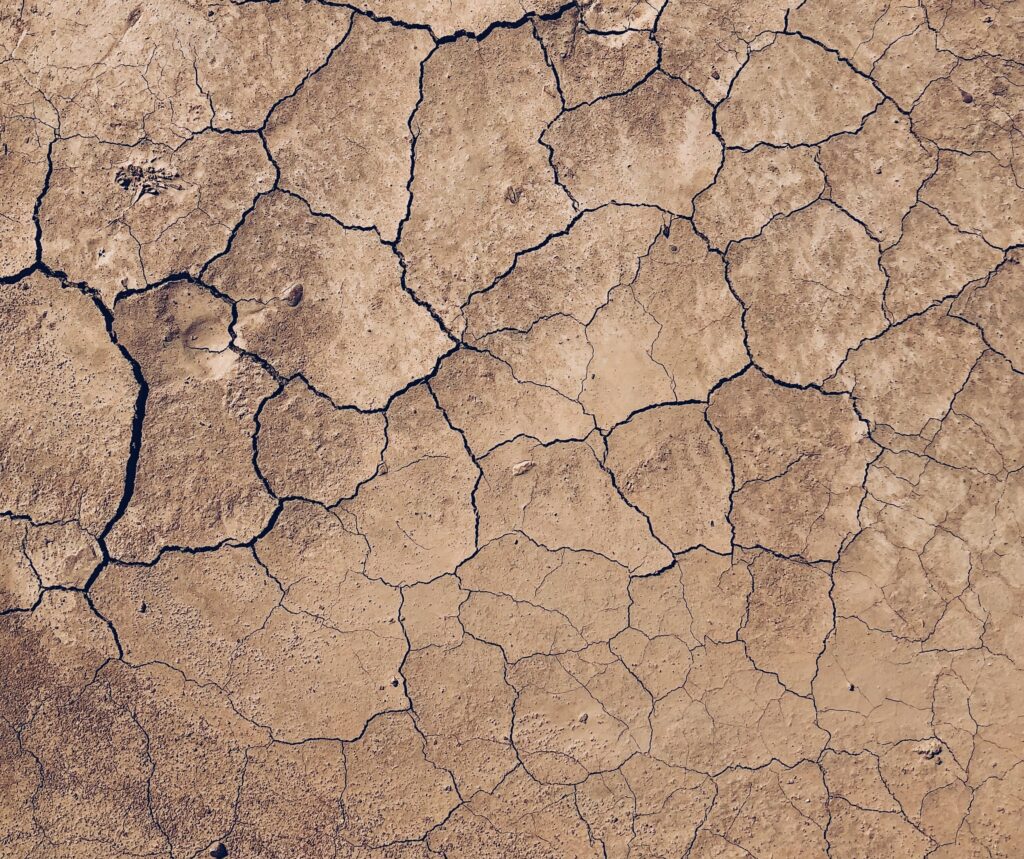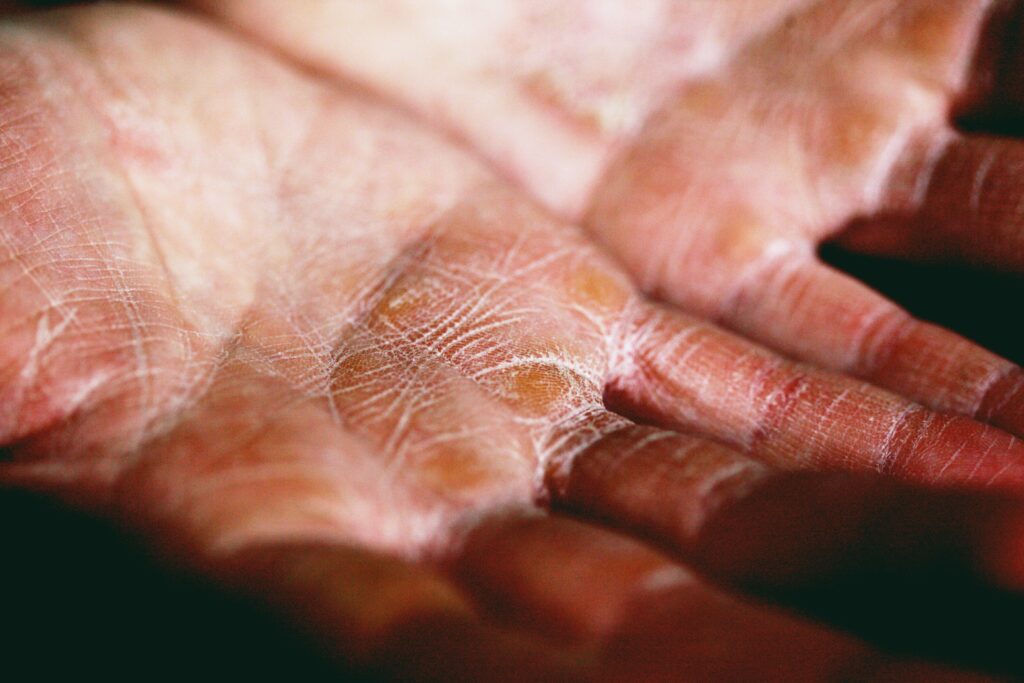A summary and review of: Kava Dermopathy in Fiji: An Acquired Ichthyosis? By Sarah Hannam Et Al.

Citation: Hannam, Sarah, Michael Murray, Lucia Romani, Meciusela Tuicakau, and Margot J Whitfeld. 2014. “Kava Dermopathy in Fiji: An Acquired Ichthyosis?” International Journal of Dermatology 53 (12): 1490–94. https://doi.org/10.1111/ijd.12546.
Fast Summary:
- The paper explores the phenomenon of kava dermopathy in Fiji, a condition associated with the consumption of kava (Piper methysticum). It delves into the traditional use of kava, its pharmacology, and the specific skin condition known as kava dermopathy. The paper also raises questions about whether kava dermopathy could be classified as an acquired ichthyosis.
Full Summary:
Introduction and Background:
Kava, a traditional beverage made from the crushed, dried root of the kava plant (Piper methysticum), is consumed in many Pacific regions, including Fiji. It has been used in ceremonies, rituals, and recreationally, known to induce a calming sense of relaxation. The cultural significance of kava is deeply rooted in the traditions of the Pacific communities.
However, concerns have been raised about the safety of kava, including reports of hepatotoxicity. The potential health risks associated with kava consumption have led to increased scrutiny and research into its effects.
Traditional Consumption of Kava:
Kava is traditionally prepared by young male members of the community, pounded into a powder, and mixed with water or coconut water. The preparation process is considered a communal activity, often involving discussions and bonding among community members.
It is consumed in communal settings, often in order of social rank. The consumption of kava follows specific rituals and customs, reflecting the social hierarchy and cultural norms of the community. The way kava is served and consumed is an integral part of the cultural identity in many Pacific regions.
Pharmacology and Pharmacokinetics:
Kava contains over 40 compounds, including kavalactones, which are believed to be responsible for its effects. The pharmacokinetics of kava is complex, with various studies assessing its properties, including blockade of sodium ion channels and reversible inhibition of monoamine oxidase B.
The multifaceted pharmacology of kava has led to a wide range of effects, from relaxation to potential therapeutic applications. Understanding these complexities is essential for interpreting the effects of kava and exploring its potential medicinal uses.
Kava Dermopathy:
Kava dermopathy is a skin condition associated with kava consumption, characterized by dry, rough, and scaly skin. The condition has been observed in frequent kava drinkers, leading to questions about the underlying causes and connections to other skin disorders.
The paper explores the potential connection between kava dermopathy and acquired ichthyosis, a group of skin disorders. This novel aspect of the research opens new avenues for understanding the physiological effects of kava on the skin and the potential underlying mechanisms.
Medical Aspects and Concerns:
The paper reviews medical aspects of kava consumption, including potential side effects and toxicological actions. It delves into the interactions of kava with various enzymes, such as cytochrome P450, and its potential inhibition.
The medical review highlights the need for caution and further research into the long-term effects of kava, especially considering the growing popularity of kava in Western countries.
Conclusion:
The paper concludes by emphasizing the need for further research into kava dermopathy and its potential classification as an acquired ichthyosis. It highlights the importance of understanding the complex interactions between kava consumption and skin health, bridging the gap between traditional use and modern medical science.
Notes:
Cultural Context: The paper provides insights into the cultural significance of kava in Fiji and other Pacific regions, emphasizing traditional preparation and consumption methods. It paints a vivid picture of the communal nature of kava and its role in social interactions.
Pharmacological Complexity: The pharmacology of kava is multifaceted, with various compounds and mechanisms of action. The paper sheds light on the scientific complexities of kava, contributing to the broader understanding of its effects and potential applications.
Kava Dermopathy: The focus on kava dermopathy as a specific skin condition associated with kava consumption is a central theme of the paper. The potential connection to acquired ichthyosis is a novel aspect that requires further exploration, offering a new perspective on the physiological effects of kava.



